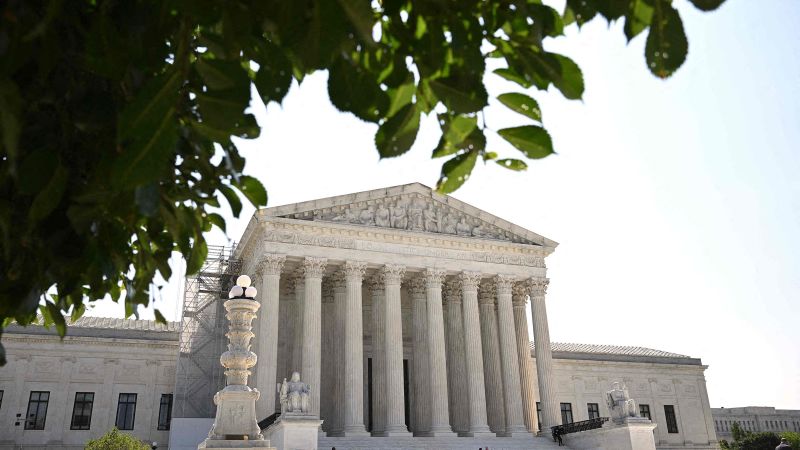The Supreme Court has agreed to hear an appeal from Salvatore Delligatti, a Genovese crime family associate who is challenging a 2018 conviction on a gun charge that added five years to his prison sentence. Delligatti was convicted of attempted murder for plotting to kill a local bully who was causing trouble at a gas station frequented by Delligatti and his associates. He hired members of the Crips gang to carry out the killing, but the police intervened before they could execute the plan. Delligatti was sentenced to 25 years in prison, including five years for the gun charge based on a federal law that prohibits people from possessing a gun as part of a crime of violence.
Delligatti, also known as “Fat Sal,” argues that the underlying crime in his case does not qualify as a crime of violence. The Justice Department opposes Delligatti’s argument, but has agreed that the Supreme Court should take up his appeal to provide clarity for lower courts. There has been a split in the federal appeals courts over how to apply the charge in similar circumstances, leading to the need for clarification from the Supreme Court. In recent years, the Supreme Court has limited the circumstances under which prosecutors can seek enhanced prison sentences for a crime of violence. One decision that Delligatti relies on heavily in his appeal is a ruling in favor of a Virginia defendant who was convicted of the gun charge for using a gun in an attempted robbery.
The 2nd US Circuit Court of Appeals upheld Delligatti’s conviction, but the Supreme Court’s decision to take up his appeal could potentially change the outcome. The case highlights the complexities surrounding the application of the charge for possessing a gun in connection with a crime of violence, as well as the need for clarity in how it should be interpreted by lower courts. Delligatti’s appeal raises important questions about the definition of a crime of violence and whether his conviction was justified. The Supreme Court’s decision in this case could have broader implications for future cases involving similar charges, providing guidance for how courts should apply the law in these situations.


